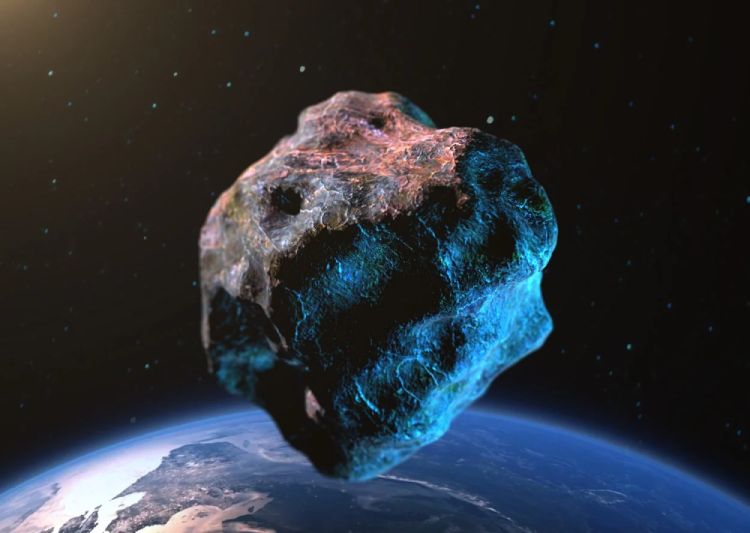
This week, 5 asteroids, including 2 the size of aeroplanes, are whizzing by Earth
- Science
- September 6, 2023
According to NASA’s Asteroid Watch dashboard, five asteroids, including one the size of a house and two each the size of an aeroplane, will pass by Earth between September 6 and September 12.
The first object to approach will be the house-sized asteroid JA5, which will fly near the planet on September 6. It was initially noticed in 2021 and will come close 3.17 million miles of Earth. The asteroid is roughly 59 feet in size, which is why it is compared to a house, according to NASA.
On September 8, two asteroids will pass by Earth. The size of one, known as QC5, which has been compared to a plane, will be about 79 feet, while the size of the other, known as GE, will be comparable to a bus at about 26 feet. The asteroid, which is the size of an aeroplane, was first spotted in 2023 and will pass the Earth by 2.53 million miles. The second asteroid, which was initially spotted in 2020, will fly by Earth at a distance of 3,560,000 miles.
The second asteroid the size of an aeroplane, QF6, was found in 2023 and is around 68 feet across. On September 10, it will pass Earth. This one will go 1.65 million miles from Earth and will be the closest to the planet.
The last anticipated asteroid will pass Earth on September 12 and will also be the size of a bus. This asteroid, designated RT2, initially came to light in 2020 and is around 25 feet in size. It will be roughly 2,620,000 kilometres away from Earth this week.
It is anticipated that none of the asteroids will present a threat. All of these asteroids are within 4.6 million miles of Earth, which qualifies them as “potentially hazardous” objects. However, they must also be larger than 490 feet to qualify. None of the asteroids anticipated for this week are anywhere close to that size.
The Asteroid Watch dashboard monitors comets and asteroids that will make “relatively close approaches to Earth,” according to NASA. In addition, NASA runs the “Eyes on Asteroids” website, which makes use of an interactive visualisation based on data from the Jet Propulsion Laboratory’s Centre for Near Earth Object Studies to allow users to view asteroids and comets throughout the galaxy in real-time.